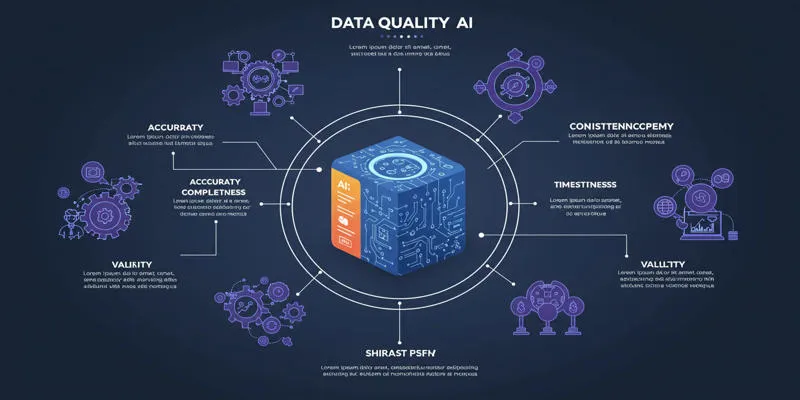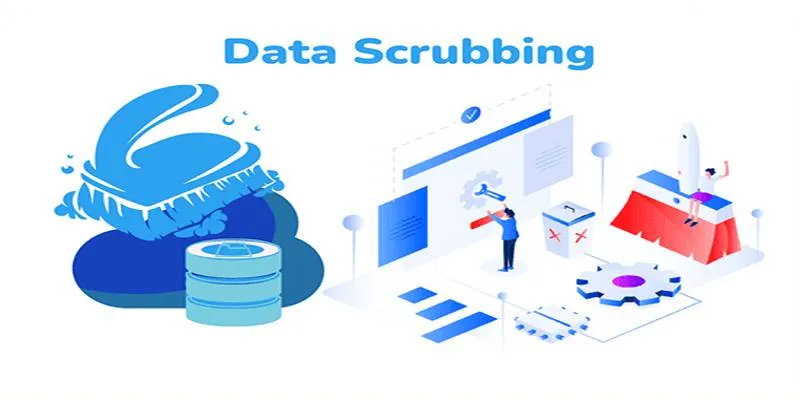In today’s digital age, data streams from various sources such as spreadsheets, cloud platforms, on-premises servers, and streaming applications. Managing this influx can be daunting. Enter Azure Data Factory (ADF), a powerful tool designed to streamline data integration processes, making complex workflows manageable without extensive coding.
What is Azure Data Factory?
Azure Data Factory is a cloud-based service by Microsoft that acts as a data movement and transformation engine. It serves as a bridge, integrating legacy systems and preparing data for business intelligence. But its capabilities extend beyond merely transferring data.
 Image of Azure Data Factory interface
Image of Azure Data Factory interface
How Does Azure Data Factory Work?
ADF allows users to create automated workflows, known as pipelines, for tasks like copying or transforming data. Its strength lies in connecting disparate data systems, regardless of whether they are cloud-based or on-premises.
One of ADF’s standout features is its low-code environment, enabling business analysts and data engineers to construct data pipelines through an intuitive visual interface. This is particularly advantageous for organizations with high data demands but limited technical resources.
ADF supports a wide range of connectors, including SQL Server, Oracle, Amazon S3, Salesforce, and Azure Blob Storage. It integrates smoothly with big data tools like HDInsight and Azure Databricks, making it ideal for analytics and machine learning pipelines.
Key Features of Azure Data Factory
Azure Data Factory offers several features that distinguish it in the data tool space:
- Scalability: As a cloud-native service, ADF automatically scales resources based on workload size and complexity.
- Data Flow Orchestration: Manage and schedule data movement with ease, creating complex task sequences that ensure data is processed correctly.
- Mapping Data Flows: A visual method for building transformation logic without SQL coding, utilizing a user-friendly drag-and-drop interface.
- Security and Compliance: With managed identities and Azure Key Vault integration, ADF ensures secure credential management and adherence to global standards.
- Ecosystem Integration: Seamless integration with Azure Synapse Analytics, Azure Machine Learning, and Power BI, eliminating tool friction.
Real-World Applications
The true power of Azure Data Factory is evident in its real-world applications:
-
Retail: Companies integrate sales data from various sources into a central warehouse, enabling real-time inventory tracking and smarter purchasing.
-
Finance: Firms merge transaction logs, customer profiles, and risk assessments to enhance fraud detection and service personalization.
-
Healthcare: Organizations unify patient records and lab results, providing a comprehensive and accurate data source for medical professionals.
-
Machine Learning: Data scientists use ADF to prepare and clean data for model training, ensuring consistent processes from development to production.
-
Manufacturing: By combining sensor data with maintenance records, ADF helps predict machine failures, reducing downtime and costs.
-
Marketing: ADF consolidates data from CRM systems, social media, and web analytics, offering a complete view of customer interactions for better targeting.
Conclusion
Azure Data Factory is more than just a data engineering tool—it’s a vital component for simplifying, scaling, and securing data operations. Its low-code interface, extensive connector support, and integration with the Azure ecosystem make it an indispensable asset for data-driven organizations. Whether managing simple data transfers or designing complex data pipelines, ADF provides a reliable foundation for transforming raw data into actionable insights.
By leveraging Azure Data Factory, businesses can efficiently build robust workflows, improve data quality, and focus on generating valuable insights. For those committed to harnessing the full potential of their data, ADF is the key to success.
 zfn9
zfn9





















